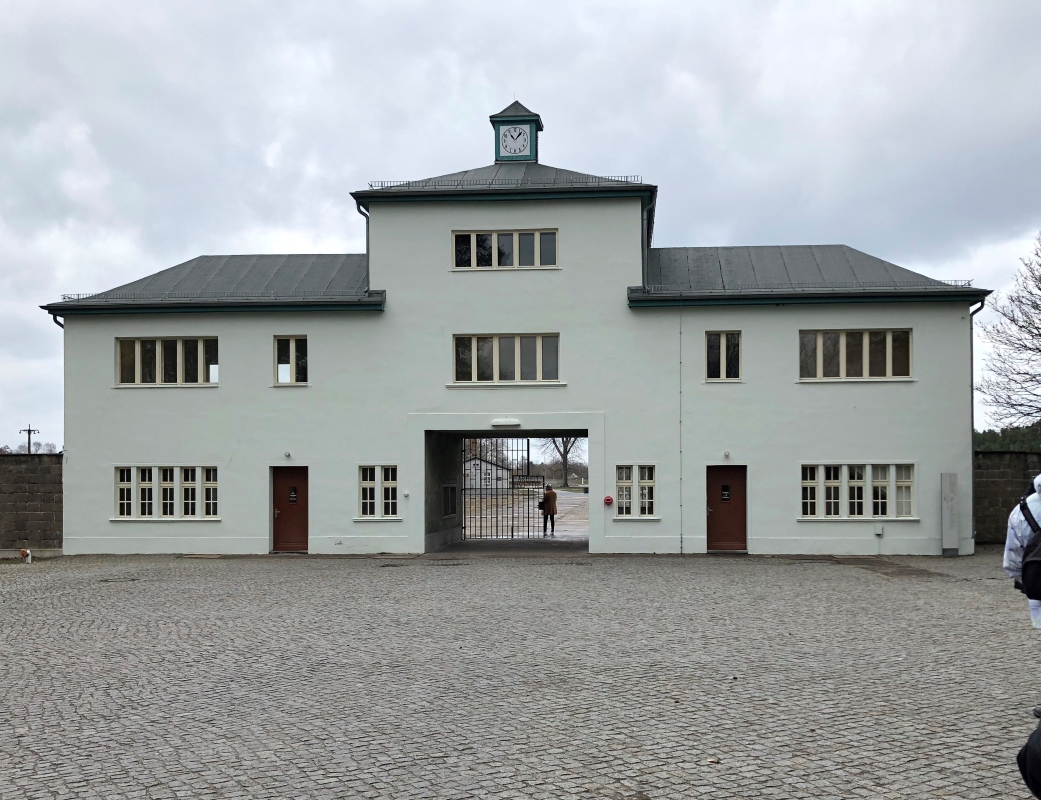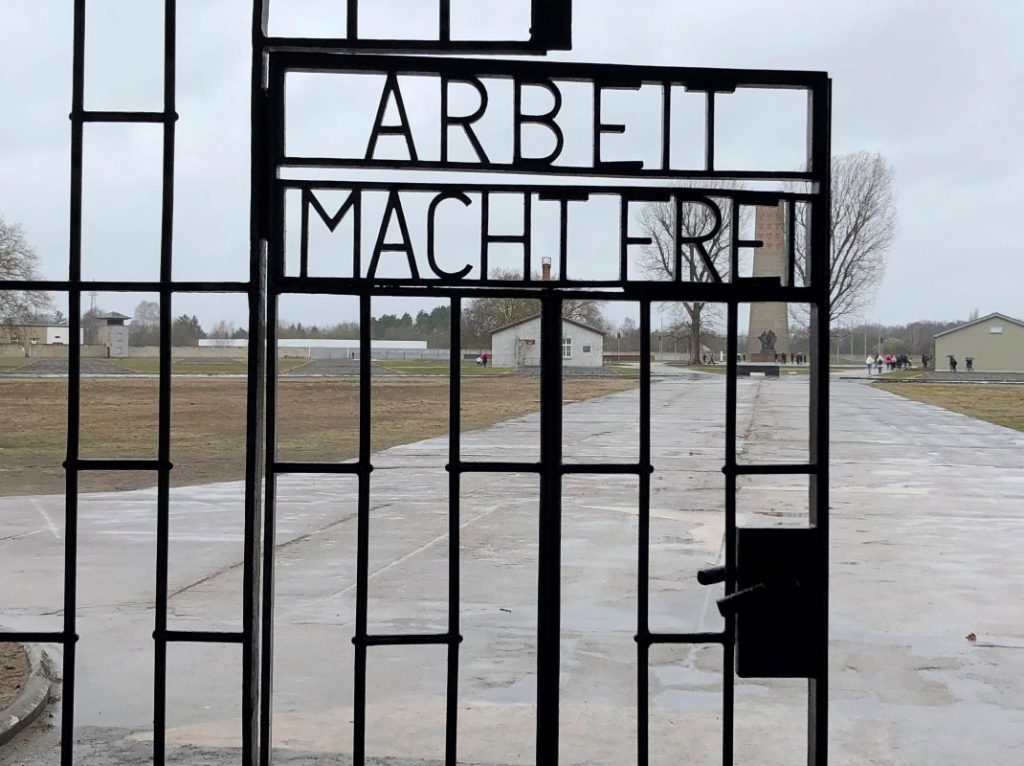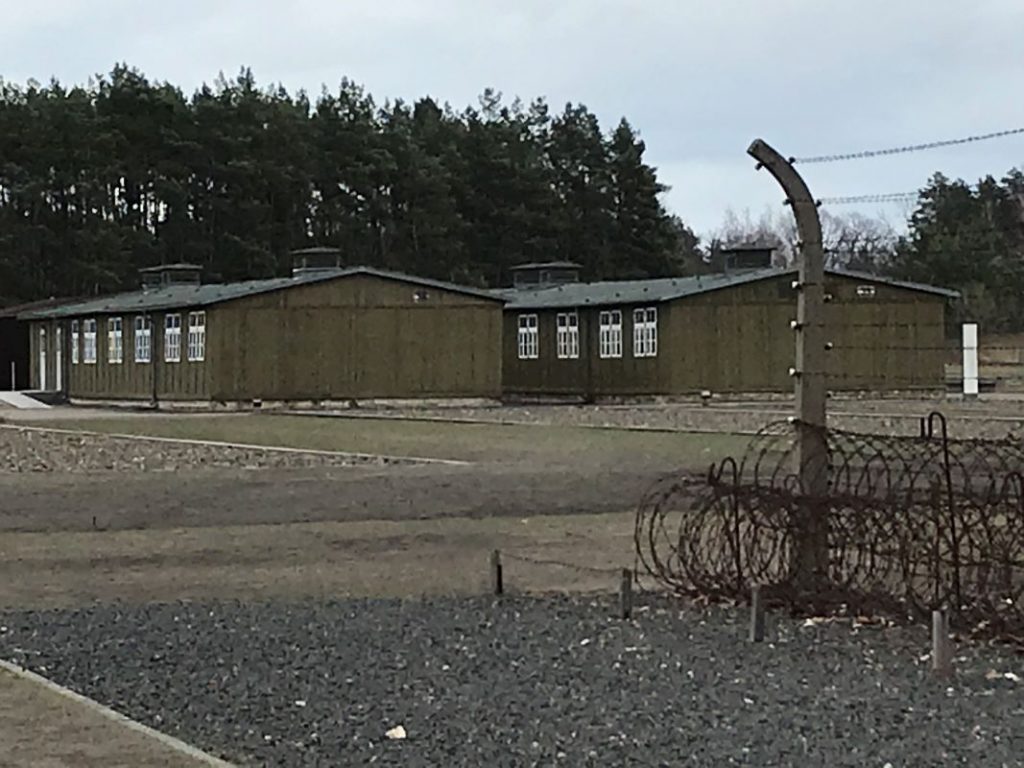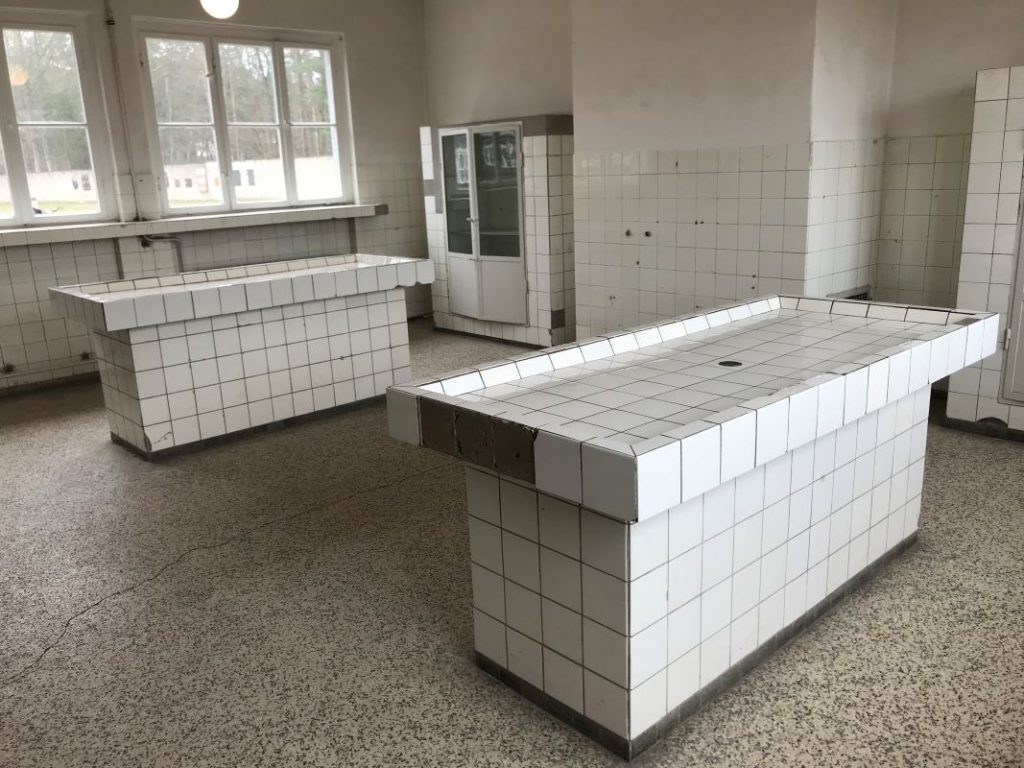
As I walked through the old iron gate, a chill ran down my spine. This was a doorway to hell. A sign on the gate displayed an old Nazi Slogan: Arbiet Macht Frei- Work Sets You Free.
My family visited Germany last Spring Break, and stayed in an apartment in Berlin. Only 20 miles away was Sachsenhausen, a Labor Camp built by Nazi Germany in 1936, near the town of Oranienburg. Between 1936 and 1945, an estimated 200,000 prisoners stayed at Sachsenhausen, and one fourth of them were murdered.
Our guide first showed us the prisoner’s barracks. While the barracks seemed to allow some small degree of comfort, the overcrowding made life unbearable. Because Sachsenhausen contained more prisoners than the Nazis originally designed it to hold, three prisoners shared each two-foot wide bunk. I could not help but feel shameful given earlier that week I noted my bed in the apartment was narrower than the one I slept in at home.
The tour continued over to the Crematorium Building. At Sachsenhausen, the Nazis developed a new, ruthless way to commit mass murder. SS Officers dressed up as doctors, giving each prisoner a standard checkup. At the last station, one Nazi would shoot the unsuspecting prisoner in the back of the neck. They dragged the prisoner out, rinsed off the floor, and marched in the next victim. The Nazis executed thousands of Soviet POWs this way.
While we toured Sachsenhausen, the weather grew colder and a freezing wind picked up. I was wearing at least three layers of clothing, but I still felt frigid. Appallingly, each prisoner wore only a thin shirt and pair of pants, and guards sometimes forced them to stand at attention in the icy-cold weather for hours at time. I wondered how people could survive at Sachsenhausen for even a week, but the Nazis imprisoned some unfortunate souls there for years.
The last section of Sachsenhausen we toured was the Infirmary. While the Infirmary treated sick prisoners that could recover and resume work, it had another more sinister purpose. Nazi doctors and medical researchers performed countless unethical experiments on the prisoners. These scientists castrated prisoners, embedded infectious materials into their muscles, and tested the effects of toxic chemicals in their bodies. The most heart-breaking research experiment I learned about involved scientists infecting Jewish children with hepatitis, the youngest of which was only 7 years old. In the USA, 7 year-olds are in 1st grade, learning about addition and subtraction. They should be playing with their friends at recess and on the weekends. The biggest problem they face should be whether they get a cookie for dessert, not if they will survive medical experiments on a starvation diet.
As our tour group walked out of Sachsenhausen, I developed a clearer understanding of how different the USA is from other nations. The USA is far from being a perfect nation; we have experienced numerous political and social conflicts over the centuries. However, I recognized how fortunate I am to live in a nation that guarantees liberty and freedom to all citizens since our founding.
Once we arrived at the Oranienburg Train Station, my perception of the world began to shift. I noticed details that I did not perceive earlier; the station had electricity for lighting and heating, a small store with tasty pastries, and trains that could travel all across Europe. The contrast between Sachsenhausen and the Train Station was very striking, and changed the way I now view reality. Through the eyes of the hungry. Through the eyes of the oppressed. Through the eyes at Sachsenhausen.
Dear Reader: This page may contain affiliate links which may earn a commission if you click through and make a purchase. Our independent journalism is not influenced by any advertiser or commercial initiative unless it is clearly marked as sponsored content. As travel products change, please be sure to reconfirm all details and stay up to date with current events to ensure a safe and successful trip.


